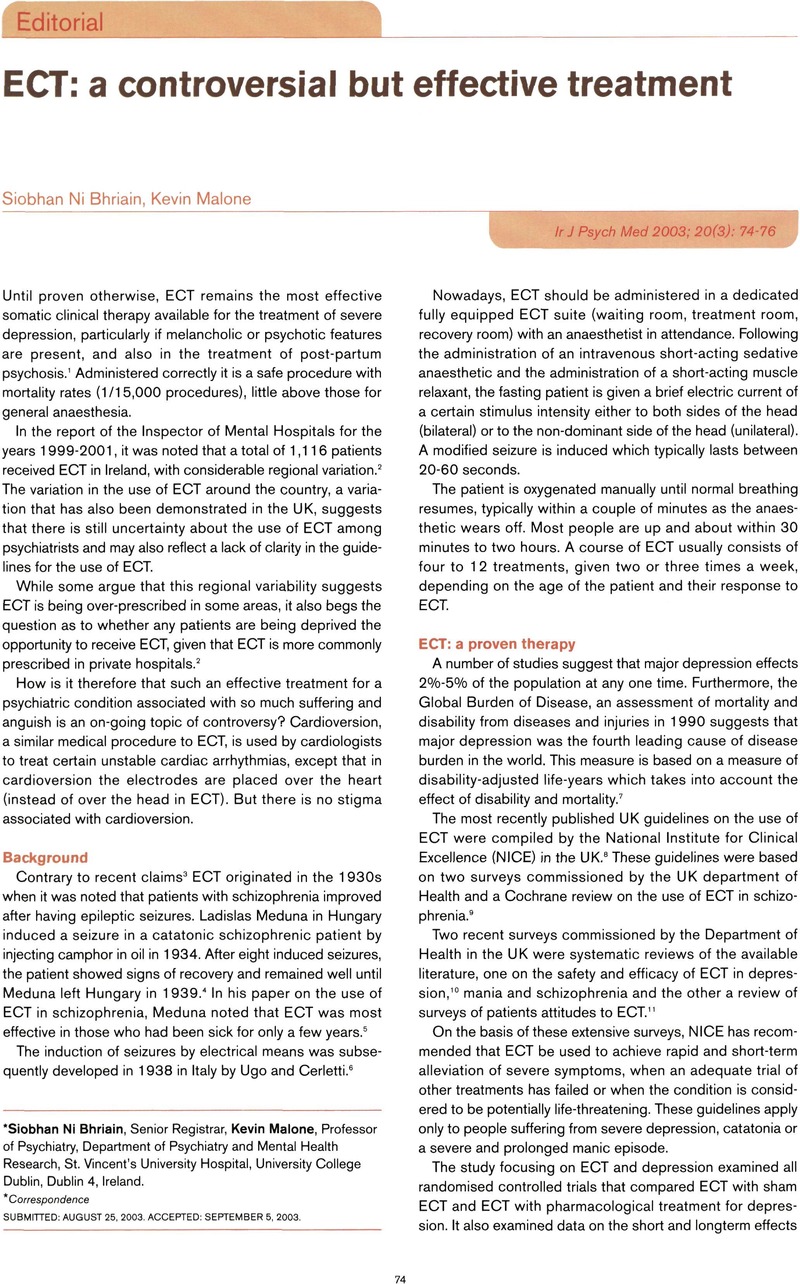Crossref Citations
This article has been cited by the following publications. This list is generated based on data provided by Crossref.
Cabrera, L. Y.
Nowak, G. R.
McCright, A. M.
Achtyes, E.
and
Bluhm, R.
2021.
Last Resort Interventions?: A Qualitative Study of Psychiatrists’ Experience with and Views on Psychiatric Electroceutical Interventions.
Psychiatric Quarterly,
Vol. 92,
Issue. 2,
p.
419.





